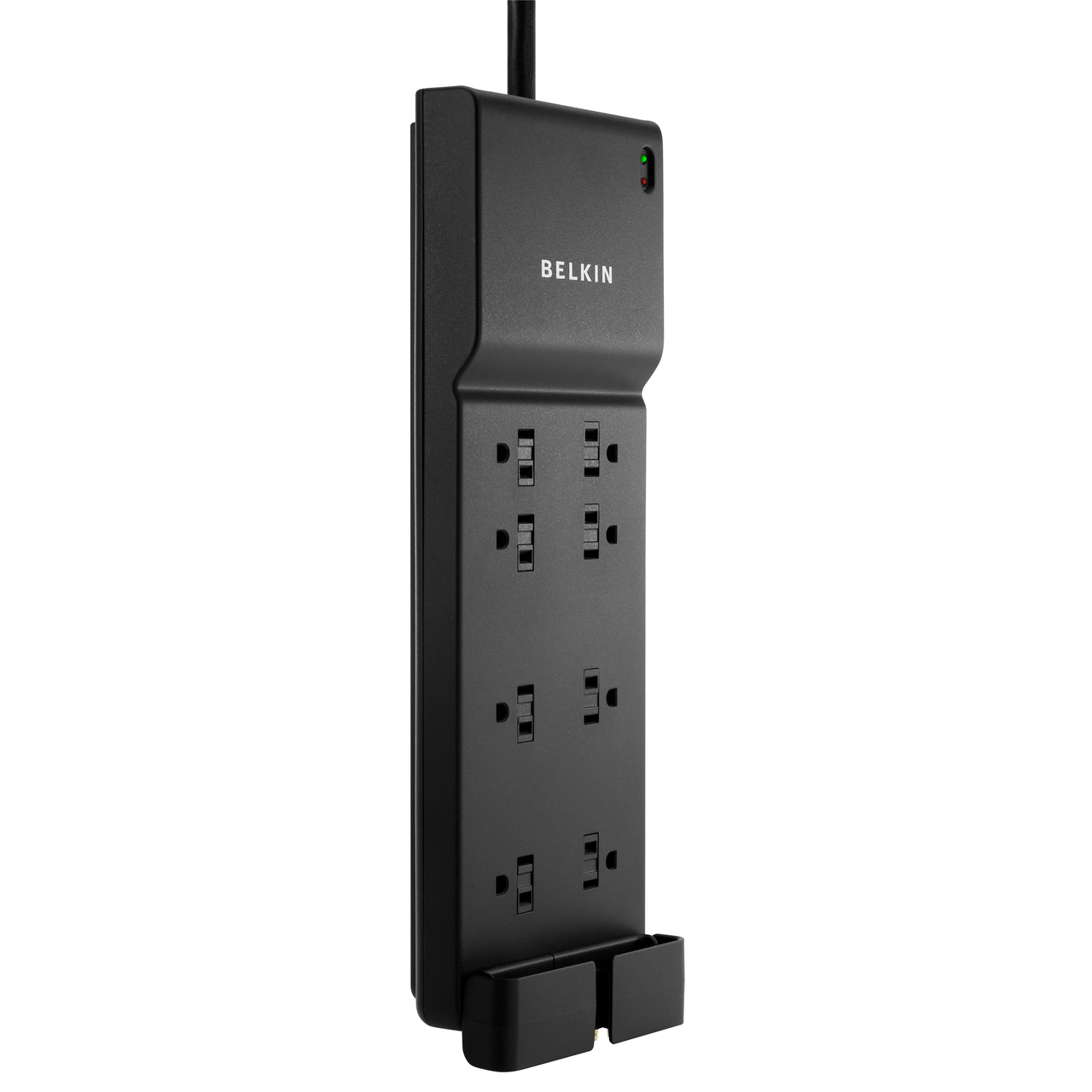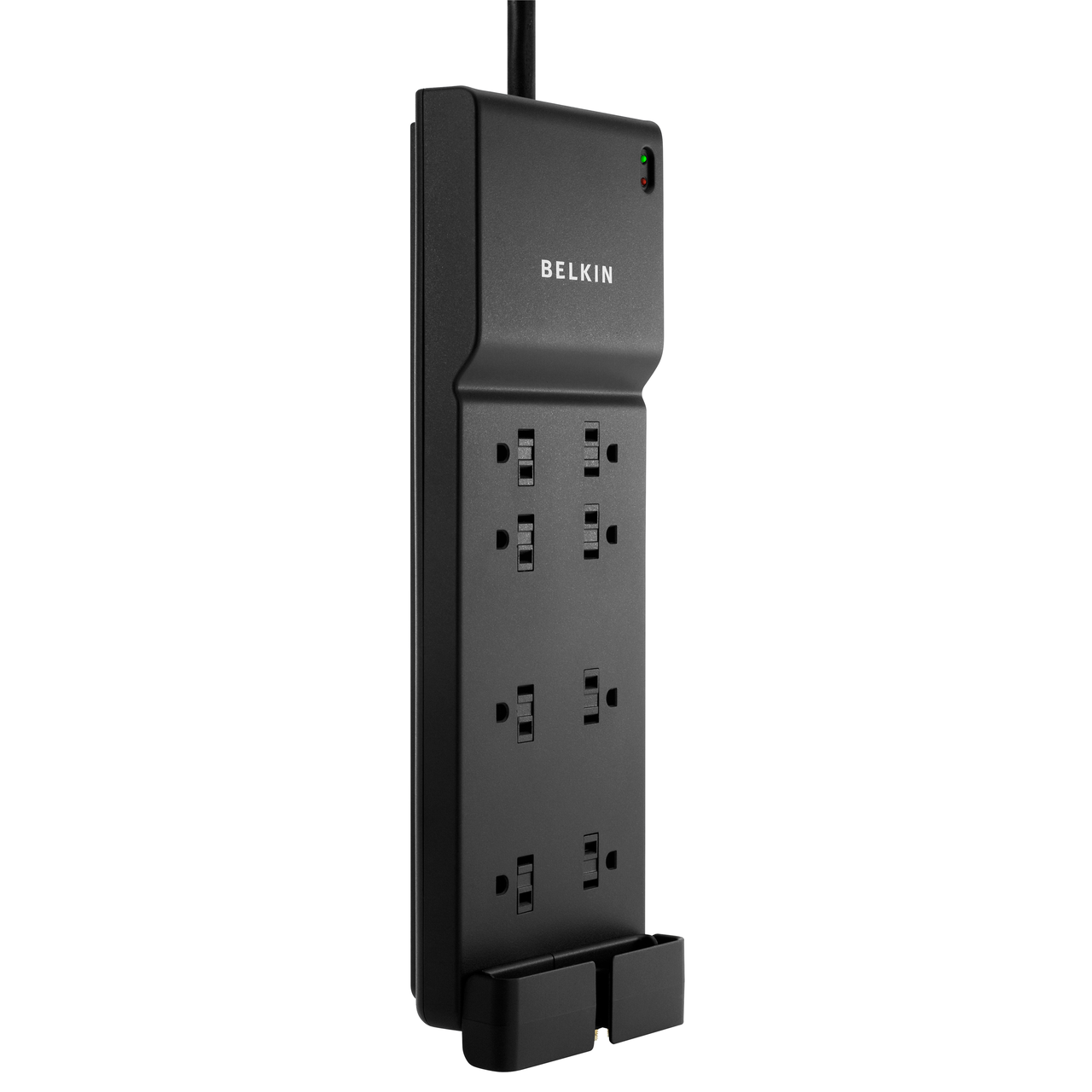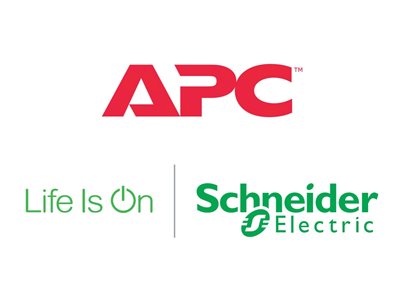Deciphering Joule Ratings: How Many Do You Need for Your Surge Protector?

When it comes to safeguarding your electronic devices from power surges, selecting the right surge protector is crucial. One of the key specifications to consider when choosing a surge protector is its joule rating. But what exactly does this mean, and how many joules are necessary to provide adequate protection? This post aims to demystify joule ratings and help you determine the appropriate level of protection for your devices.
Understanding Joule Ratings
A joule rating on a surge protector indicates the amount of energy the device can absorb before it fails. Essentially, the higher the joule rating, the greater the protection. When a power surge occurs, the surge protector diverts excess energy away from connected devices, absorbing it to prevent damage.
Factors Influencing Joule Rating Requirements
Several factors determine how high a joule rating you need for your surge protector:
1. Type of Devices Connected
- Sensitive Electronics: Devices like computers, home entertainment systems, and other high-end electronics are sensitive and expensive, requiring higher joule ratings for adequate protection.
- Basic Appliances: Standard household appliances may not need as high a joule rating.
2. Frequency of Power Surges
- Areas prone to frequent power surges due to lightning, power grid issues, or other factors should consider surge protectors with higher joule ratings.
3. Surge Protector Lifespan
- Higher joule ratings often indicate a longer lifespan for the surge protector, as it can handle more or larger surges over time.
Recommended Joule Ratings
While the specific joule rating needed varies based on individual circumstances, here are some general guidelines:
- Basic Protection: For small electronics or in areas with minimal surge risk, a surge protector with 500-1000 joules can be sufficient.
- Standard Protection: For general home use, including computers and home theater systems, look for ratings between 1000-2000 joules.
- Advanced Protection: High-end electronics or areas with frequent or severe power surges may require surge protectors with ratings above 2000 joules.
Additional Considerations
When selecting a surge protector, joule rating isn’t the only factor to consider:
- Clamping Voltage: This indicates the voltage level at which the surge protector starts diverting excess energy. Lower clamping voltage usually means better protection.
- Response Time: Look for surge protectors with a fast response time to ensure immediate protection during a surge.
- Certifications and Warranties: Opt for surge protectors that are certified and come with equipment warranty coverage.
Conclusion
Choosing the right joule rating for your surge protector is a balancing act between the level of protection required and the types of devices you’re protecting. While higher joule ratings offer more robust protection, it’s also essential to consider factors like clamping voltage and response time. Remember, a surge protector is an investment in the longevity and safety of your electronic devices. By selecting the appropriate joule rating, you can ensure your devices are safeguarded against unexpected power surges.







